NIL
As College Athletics Grow, NIL Collectives Are Fighting Back Against Buyouts
How would you feel if, after donating a good amount of money towards an NIL collective for a particular player, that athlete then decided to take the money and transfer without playing a down? Now, imagine you’re running an NIL collective where the sole purpose was to make sure the team you represent was paying […]
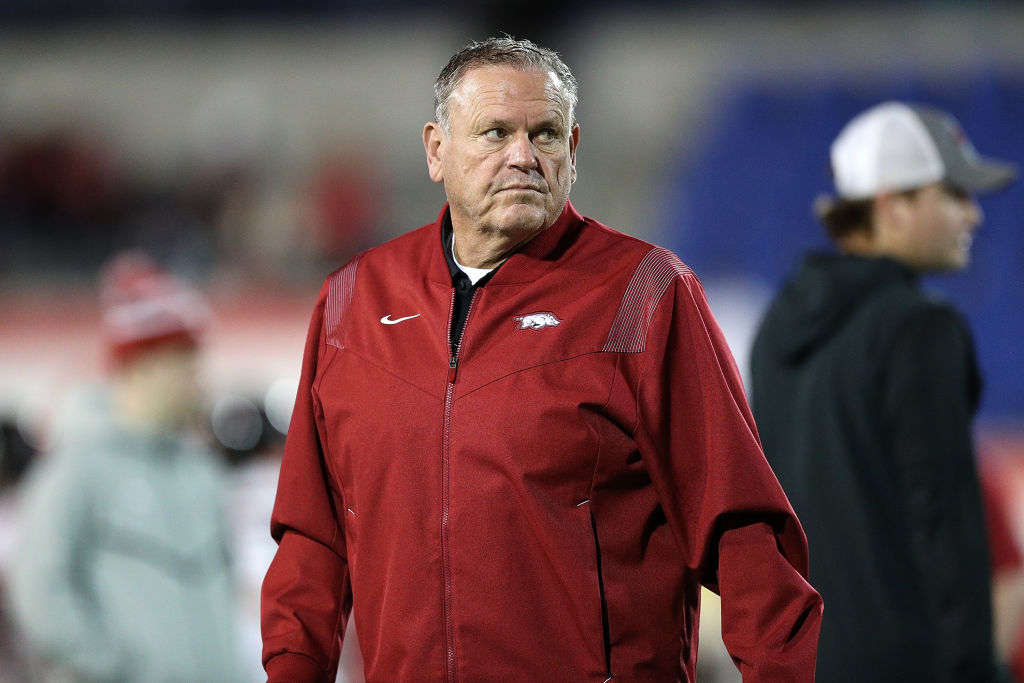
How would you feel if, after donating a good amount of money towards an NIL collective for a particular player, that athlete then decided to take the money and transfer without playing a down? Now, imagine you’re running an NIL collective where the sole purpose was to make sure the team you represent was paying enough to attain some of the top talent in college sports.
As the college athletics world continues to change, with revenue-sharing on the way, and NIL contracts are being front-loaded so that they can stay off the books when the House settlement is approved, we are starting to see a small shift in how collectives could be going about their business.
Right now, the most intriguing story centers around the Iamaleava family. One brother (Nico) left Tennessee as spring practice was ending, while the other brother (Madden) decided that he was ‘homesick’, so he followed his family to UCLA. So, you now have two different players in the SEC that signed NIL agreements with collectives, with money still on the table.
What would you do in this situation? Let it slide, not go after the money that has already been paid for services still to be rendered, or go after the financial sum that’s still left on a contract signed by all parties? In this current era of NIL and upcoming contracts that are negotiated with each school, we are at a crossroads when it comes to holding athletes accountable for the money that’s been spent, or scheduled to be paid.
Mind you, all of this comes with the job of being a college athlete. These are no longer just ‘kids’ on a scholarship, who used to be paid under the cover of darkness. It’s time that schools stop acting like these men and women are student athletes, which I understand is hard to do without them being labeled ‘employees’.
NIL Is A Business, Not A Charity. Parking Lot Deals Are In The Past
The days of getting the $500 handshakes or bags left at the high school field-house are over. Whether they want to say the important part out loud is up to the schools, but these athletes are now professionals, and it’s time they started being treated that way. If you’re being paid a few million per year to play for a school, while also doing your part to live up to the contract by appearing at events to sign autographs or getting out into the community to complete your ‘obligations’. This is a professional marketing deal, whether you like it or not.
What we witnessed earlier this week from Arkansas athletic director Hunter Yurachek with his social media post about supporting the Razorbacks collective in their fight to recoup money from certain athletes was a test for public opinion. Yurachek knew that the ‘Edge’ collective was going after Madden Iamaleava for NIL money that had already been paid, along with what the company thought they could make off his name, image and likeness during his contract period.
And, judging by the reaction on social media, it looks as though the school will have plenty of support in their quest to recoup some of that money. But, the reason why so many schools have not gone after players for breaking an agreement is based off the reaction they could receive from future recruits or transfer portal prospects.
“If we put our marketing budget together, after already paying an athlete a few hundred-thousand dollars, and the athlete decides to leave after not even playing a snap, wouldn’t you try to recoup some of that money?” one NIL collective representative told OutKick. “Think about all the money we’ve spent on merchandise, events, their apartment, vehicle and monthly salary.”
Does every school have buyout language in their contracts? No. But there are plenty of collectives in college sports that have included this type of writing in case a player decides to bolt after cashing a few checks and heading off into the abyss, also known as the transfer portal. If these schools are going to spend massive amounts of money on a player, only to then see them leave four or five months later, it’s reasonable to think that they would like to get some of the money back.
This is a business, and return on investment is a gamble many are willing to take in hopes of a player reaching their full potential. Does it always work out? Absolutely not. But again, that’s the risk you take by agreeing to pay players an exorbitant amount of money to play for the school you represent.
Do These NIL Collectives Have A Case When Trying To Recoup Money?
All the chatter around players being held to their contracts, or having to pay a buyout if they plan on leaving one school for another is a part of this chapter that comes down to language.
Sure, there are plenty of NIL collectives that include buyout language in the deals they present to potential clients. But, there are also counter-offers that would force the collective to either agree to the terms or move on to the next player.
The problem with these contracts is that there is a gray area about what’s actually enforceable. Obviously, these athletes are being paid to play sports, as the marketing aspect of this is just a small equation in the entire situation. Sure, players are asked to appear at events, show up for fundraisers, shake hands and smile at the boosters that are helping finance these contracts.
But, how else are the collectives supposed to actually make enough money to prove that it was worth the negotiated amount that the player was paid?
“We cannot just keep taking it on the chin because the public might have a differing opinion. I’m sorry, but I am running a business, and I have boosters who want a return on investment, in the form of wins,” another NIL collective rep told OutKick. So, when that person who donates a lot of money on a yearly basis then sees a player enter the portal without contributing much on the field, if any, I can’t just tell them that we struck out. Sure, it’s a gamble.
“But we have to start holding them to their signature, and if it doesn’t legally hold up, then we did a poor job putting the contract together. I’m not implying everyone has this type of language with a buyout included.”

FAYETTEVILLE, ARKANSAS – OCTOBER 05: Head Coach Josh Heupel talks with Nico Iamaleava #8 of the Tennessee Volunteers on the sidelines during a game against the Arkansas Razorbacks at Donald W. Reynolds Razorback Stadium on October 05, 2024 in Fayetteville, Arkansas. The Razorbacks defeated the Volunteers 19-14. (Photo by Wesley Hitt/Getty Images)
Do you think showing up once every two months for a Boys & Girls club appearance is enough? A majority of the time, these athletes show up for an hour, sign a few autographs and go on their way. Obviously, this is just one example, but I think you understand where I’m going here.
If the two sides agree to a deal, and one side doesn’t live up to their promises, it’s pretty easy to understand why these companies would go after potential future financial losses.
If a player decides after being on campus for a few months that they want to explore their options, after already being paid a decent amount of money, it’s not an easy pill for these NIL collectives to swallow.
NIL
‘Our Sport is in a Great Place’
Share Tweet Share Share Email Former Oklahoma coach Lincoln Riley is no stranger to freezing-cold takes. On Sunday, however, Riley provided a quote about the current college football landscape that may wind up in the rancid opinion Hall of Fame. Despite the awful state of modern college football, Riley believes the sport is in […]

Former Oklahoma coach Lincoln Riley is no stranger to freezing-cold takes.
On Sunday, however, Riley provided a quote about the current college football landscape that may wind up in the rancid opinion Hall of Fame.
Despite the awful state of modern college football, Riley believes the sport is in a great place.
“Are there some changes that I understand people are having a hard time coming to grips with? Sure,” Riley said. “Again, I get it. But the alternative is pretty darn good. It’s creating some incredible matchups and seeing how the Playoff played out this year, and, obviously, that’s going to continue to evolve and just get, I think, better.”
“Our sport’s in a great place, and I think anybody that thinks anything other than that — I know there’s a lot going on with scheduling,” Riley continued. “I know everybody’s got an opinion on NIL, rev share, and the settlement. I get it. There’s all that stuff. Listen, we just sat through 10 days of Big Ten meetings where that’s all we’re listening to, but despite all that, we still have one of the greatest products in the greatest sport in the world. Let’s not forget that.”
Whether Riley cares to admit it or not, the fact that anyone believes the state of the sport is in a great space right now is blasphemous at best. Between NIL issues, House Settlement conversations, eligibility concerns, and more, college football has taken a turn for the worse.
Will things get better? Only time will tell, but with the trajectory the game is moving in as of late, that doesn’t exactly seem like the right path forward.
NIL
Pat Garrity reveals how Notre Dame basketball will approach NIL
It’s now been three years in a row without a trip to the NCAA Tournament for Notre Dame. That’s something that new GM Pat Garrity is hoping to quickly find a way to change. One major challenge that Garrity knows he’s going to need to address if he wants to get the program back on […]
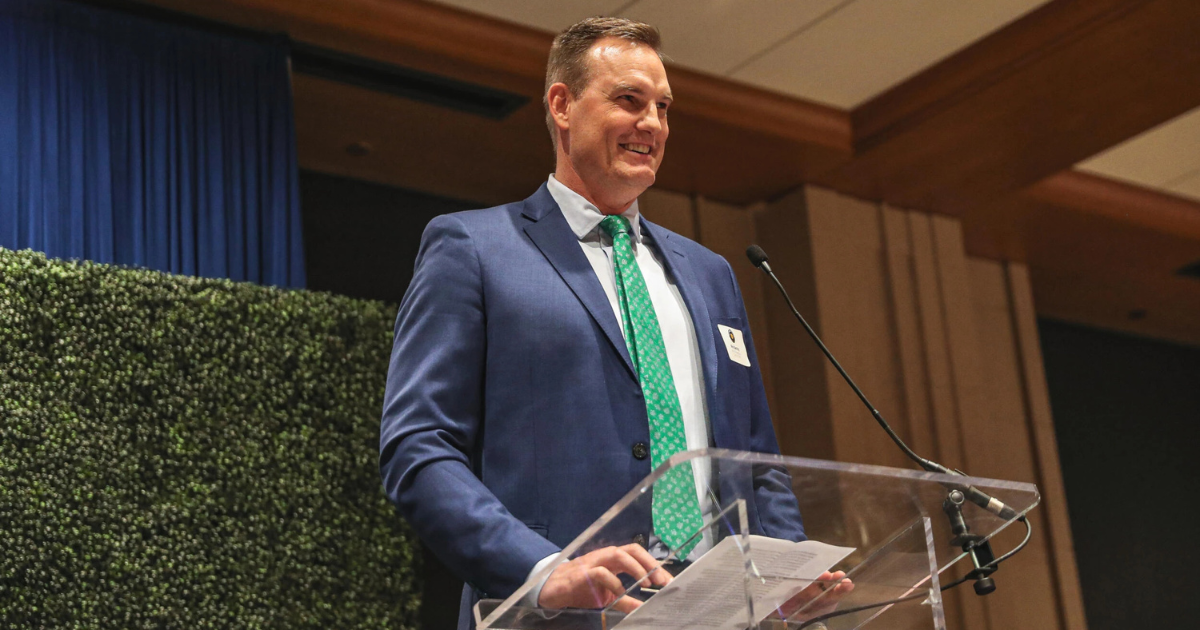
It’s now been three years in a row without a trip to the NCAA Tournament for Notre Dame. That’s something that new GM Pat Garrity is hoping to quickly find a way to change.
One major challenge that Garrity knows he’s going to need to address if he wants to get the program back on track is NIL. It’s now massively important to how rosters are built in college athletics, and he knows Notre Dame needs a good approach to it to succeed.
“This summer, I think, is maybe a bad example to develop any thoughts on it,” Pat Garrity said. “Because it was probably the most unregulated that it’ll ever be. You had kind of the ending of the collective era and everyone preparing for the revenue-sharing era.”
Pat Garrity is referencing the House Settlement. Once that is approved, there will be revenue sharing with student-athletes coming to college athletics. NIL is likely going to morph again in some way at that point, though it will still exist alongside that revenue sharing.
This means there are more factors for athletes to consider when choosing a school. Garrity wants to emphasize those decisions and what someone puts value on. That means emphasizing long-term value besides the immediate financial value.
“I think the larger perspective that I have on it is there are a lot of student-athletes that are making good decisions for them, that they’re rewarded financially,” Garrity said. “But they’re also gonna get through college connected to a place and being remembered at a place. And I think there are a lot of people that are making short-term decisions that maybe financially look good now, but maybe looking back in 10 years, they’re asking, ‘What am I left with? Where was really my home? What am I remembered for?’”
Garrity acknowledged that the financial aspect is real and a part of how things are going to be dealt with moving forward. Still, he thinks that the best way to sell a program is still with what it can offer besides the money.
“So, I think that’s one of the big things that we gotta focus on here, just in terms of retention, is just selling the point that there’s the money aspect of this thing. It’s just a reality in college sports right now, but there’s more to that. Being remembered as an all-time great at a college means something when you hang it up, eventually,” Garrity said. “And, so I think that we have to be able to demonstrate to our student-athletes that we can get you there, and that’s ultimately the important thing. And that includes bringing the past all-time greats around to get that message across.”
Prior to coming to Notre Dame, Pat Garrity played at Notre Dame and in the NBA. He’d later go on to work in the Detroit Pistons front office, including as the assistant general manager. Now, he hopes to bring the Irish back to prominence.
NIL
Texas A&M Star QB Inks NIL Deal with Private Jet Company For Key Charitable Cause
Though Name, Image, and Likeness is often criticized through the current era of chaos college sports have found themselves in, NIL is very often used for good as well. That was the case this week in a new deal for Texas A&M Aggies star quarterback Marcel Reed. Reed became the fourth college athlete to sign […]
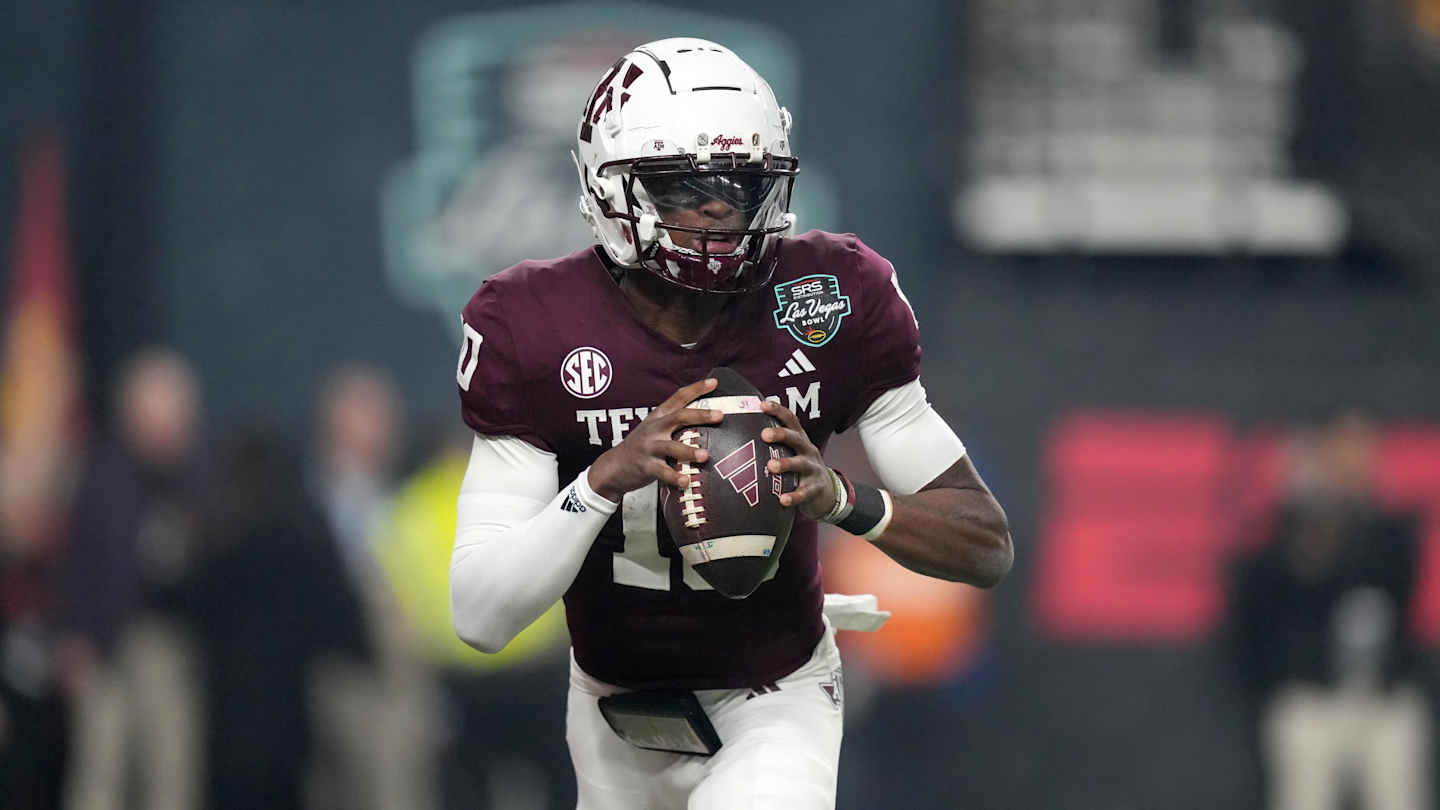
Though Name, Image, and Likeness is often criticized through the current era of chaos college sports have found themselves in, NIL is very often used for good as well.
That was the case this week in a new deal for Texas A&M Aggies star quarterback Marcel Reed.
Reed became the fourth college athlete to sign an NIL deal with a private jet company after headlines were made by former Texas Longhorns star Quinn Ewers, former Georgia Bulldogs and current Miami Hurricanes gunslinger Carson Beck, and former Ole Miss Rebels signal caller Jaxson Dart.
Reed’s deal with ENG Aviation is different from his predecessors though and has a charitable impact tied to it.
According to Boardroom, the partnership between Reed and ENG has a goal of raising awareness for organ donation.
ENG is a premium private jet service, however they also fly organ transplants to hospitals all over the country in order to give those who are in desperate medical states the best chance possible at survival.
On their website, ENG describes their operation in organ donation to “enable transplant centers to minimize the time the organ is in transit and maximized successful patient outcomes.”
Reed is going to be sharing ways fans can become organ donors as part of the deal and is even going to be visiting a hospital in the city of Houston this summer in order to meet with both organ donors and recipients as well as medical teams who make these modern miracles happen.
The Aggies star is entering what will be his redshirt sophomore season and first full year going into the campaign as the undisputed starting quarterback in College Station.
Last year, he racked up 1,864 passing yards and 15 touchdowns along with 543 rushing yards and another seven scores on the ground.
Hopes are high this season for Reed to take the next step as a quarterback, and clearly he is using his newfound major platform to make a big impact in the world outside of the football field as well.
NIL
The NIL revolution
In the summer of 1991, the year before one of UTEP’s most successful basketball seasons, an investigation roiled the university’s athletics department when it determined that a slew of violations were committed against NCAA regulations. 0

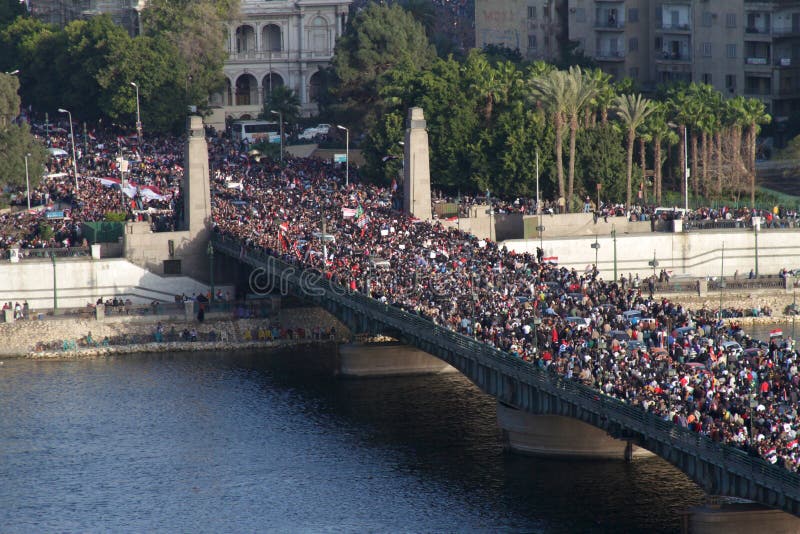
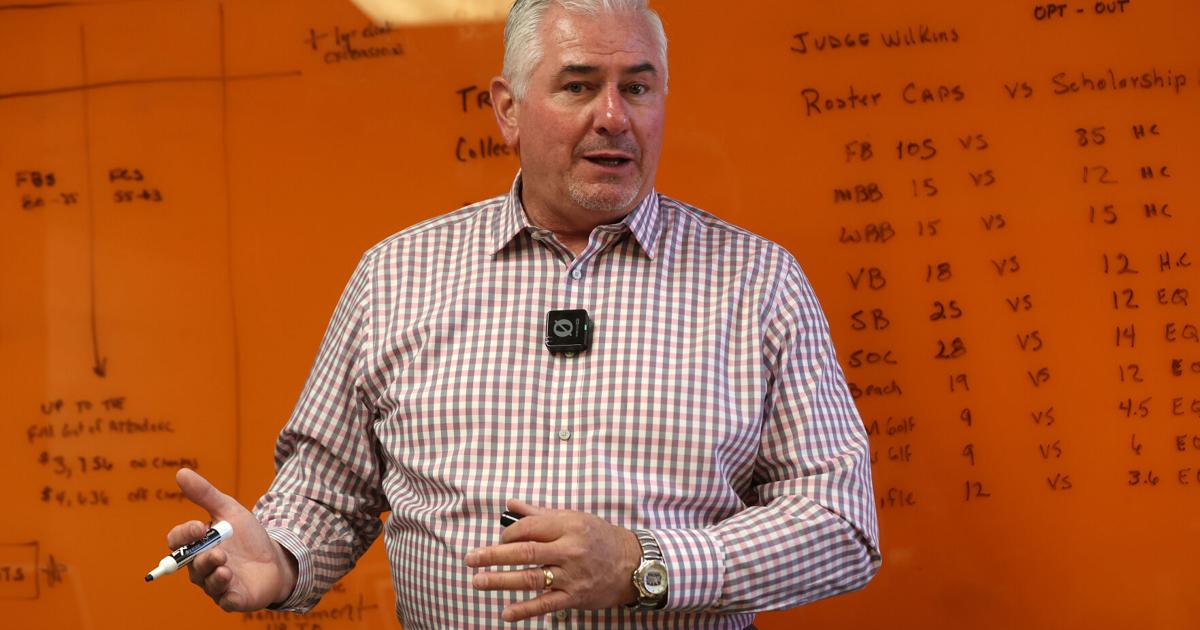
In the summer of 1991, the year before one of UTEP’s most successful basketball seasons, an investigation roiled the university’s athletics department when it determined that a slew of violations were committed against NCAA regulations.
NIL
Pat Garrity reveals how Notre Dame basketball will approach NIL
It’s now been three years in a row without a trip to the NCAA Tournament for Notre Dame. That’s something that new GM Pat Garrity is hoping to quickly find a way to change. One major challenge that Garrity knows he’s going to need to address if he wants to get the program back on […]
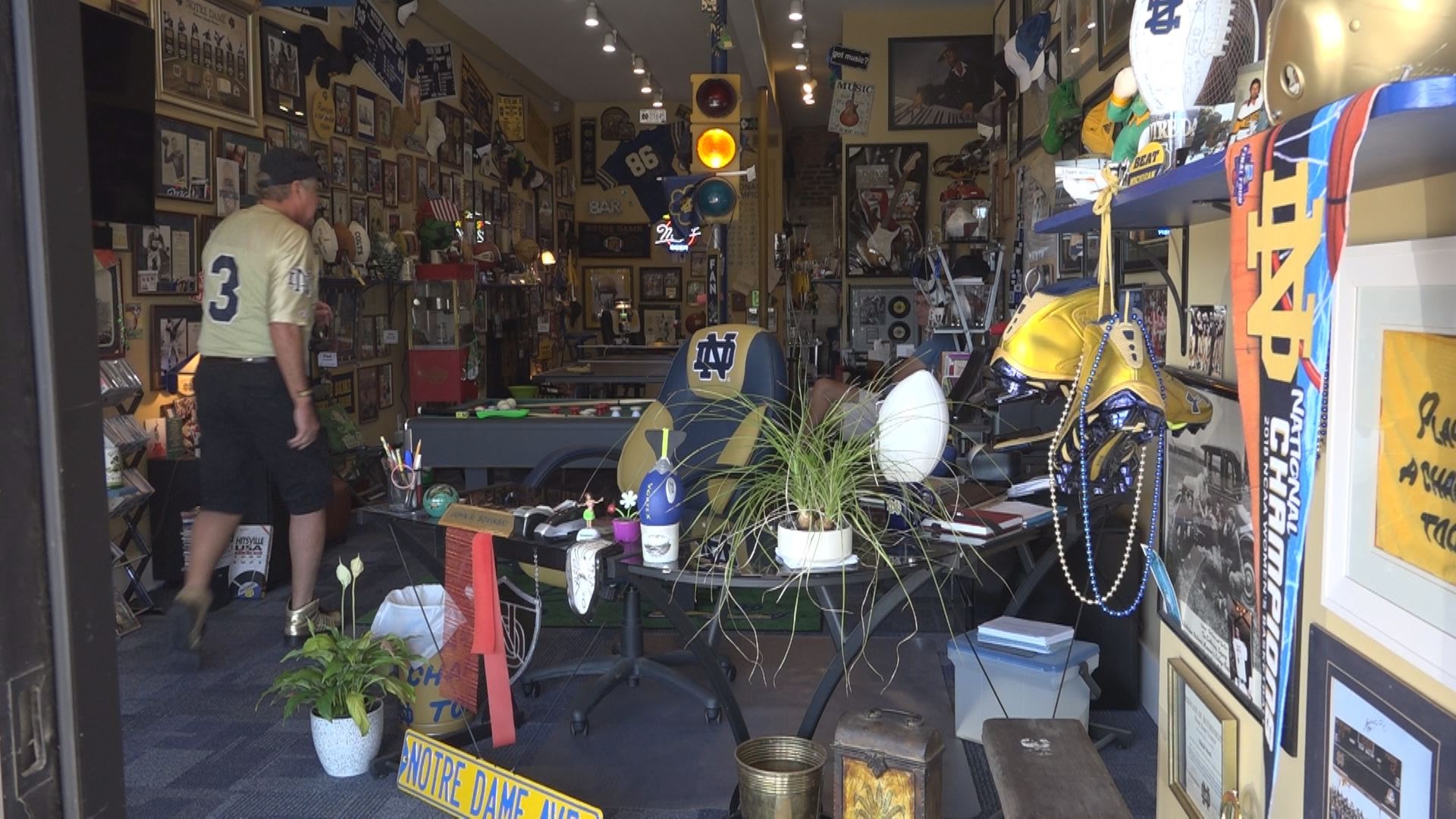
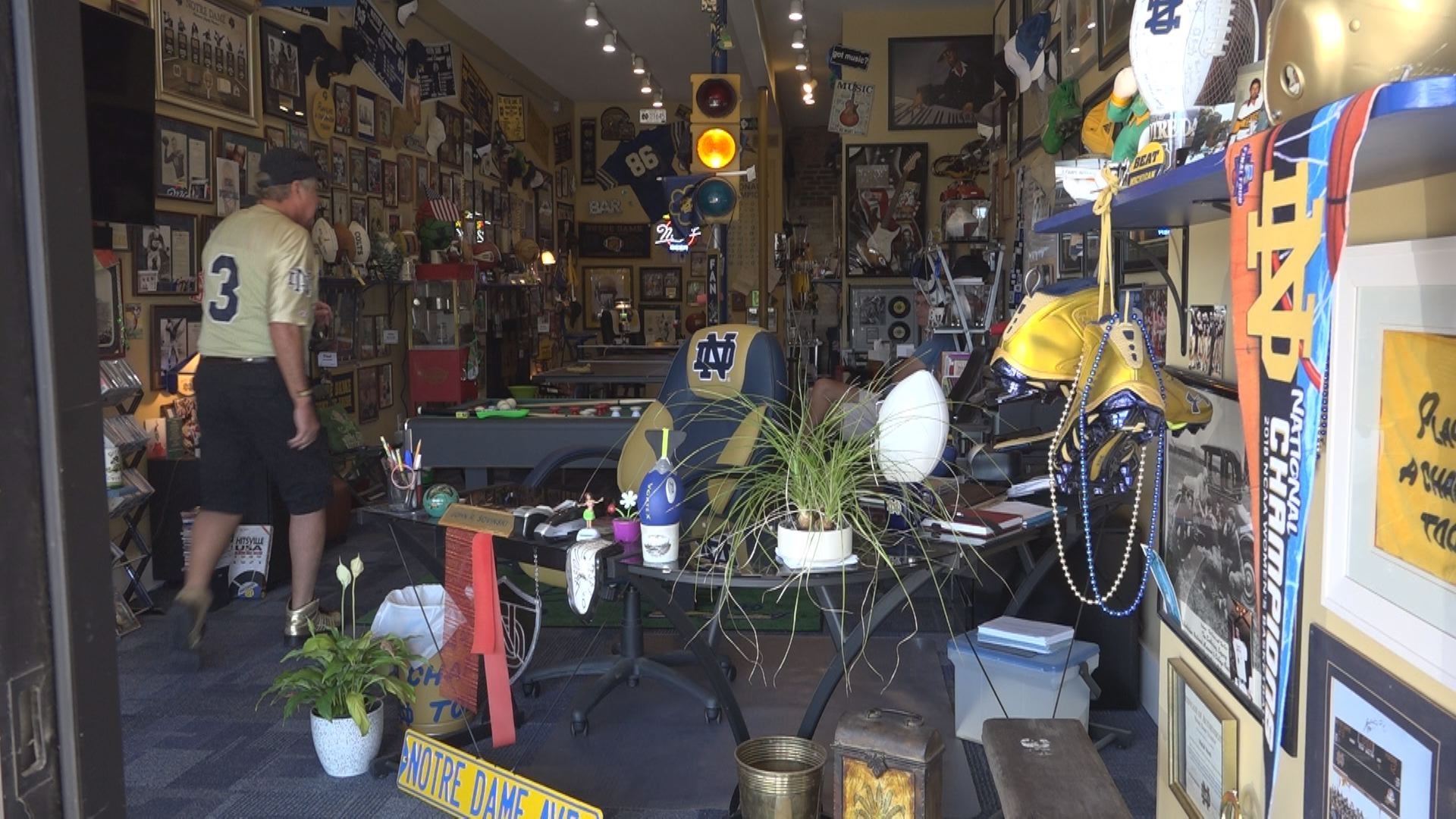

It’s now been three years in a row without a trip to the NCAA Tournament for Notre Dame. That’s something that new GM Pat Garrity is hoping to quickly find a way to change.
One major challenge that Garrity knows he’s going to need to address if he wants to get the program back on track is NIL. It’s now massively important to how rosters are built in college athletics, and he knows Notre Dame needs a good approach to it to succeed.
“This summer, I think, is maybe a bad example to develop any thoughts on it,” Pat Garrity said. “Because it was probably the most unregulated that it’ll ever be. You had kind of the ending of the collective era and everyone preparing for the revenue-sharing era.”
Pat Garrity is referencing the House Settlement. Once that is approved, there will be revenue sharing with student-athletes coming to college athletics. NIL is likely going to morph again in some way at that point, though it will still exist alongside that revenue sharing.
This means there are more factors for athletes to consider when choosing a school. Garrity wants to emphasize those decisions and what someone puts value on. That means emphasizing long-term value besides the immediate financial value.
“I think the larger perspective that I have on it is there are a lot of student-athletes that are making good decisions for them, that they’re rewarded financially,” Garrity said. “But they’re also gonna get through college connected to a place and being remembered at a place. And I think there are a lot of people that are making short-term decisions that maybe financially look good now, but maybe looking back in 10 years, they’re asking, ‘What am I left with? Where was really my home? What am I remembered for?’”
Garrity acknowledged that the financial aspect is real and a part of how things are going to be dealt with moving forward. Still, he thinks that the best way to sell a program is still with what it can offer besides the money.
“So, I think that’s one of the big things that we gotta focus on here, just in terms of retention, is just selling the point that there’s the money aspect of this thing. It’s just a reality in college sports right now, but there’s more to that. Being remembered as an all-time great at a college means something when you hang it up, eventually,” Garrity said. “And, so I think that we have to be able to demonstrate to our student-athletes that we can get you there, and that’s ultimately the important thing. And that includes bringing the past all-time greats around to get that message across.”
Prior to coming to Notre Dame, Pat Garrity played at Notre Dame and in the NBA. He’d later go on to work in the Detroit Pistons front office, including as the assistant general manager. Now, he hopes to bring the Irish back to prominence.
NIL
Arizona State Football Star Uses NIL to Honor Legend Pat Tillman on Memorial Day
As if star quarterback Sam Leavitt had any trouble winning over the Arizona State Sun Devils fan base before, his latest off-the-field move will have him in everyone’s good favor. Broadcaster Blake Niemann for Fox 10 Phoenix shared that Leavitt was making a personal donation of $15,000 to the Pat Tillman Foundation. It was a […]
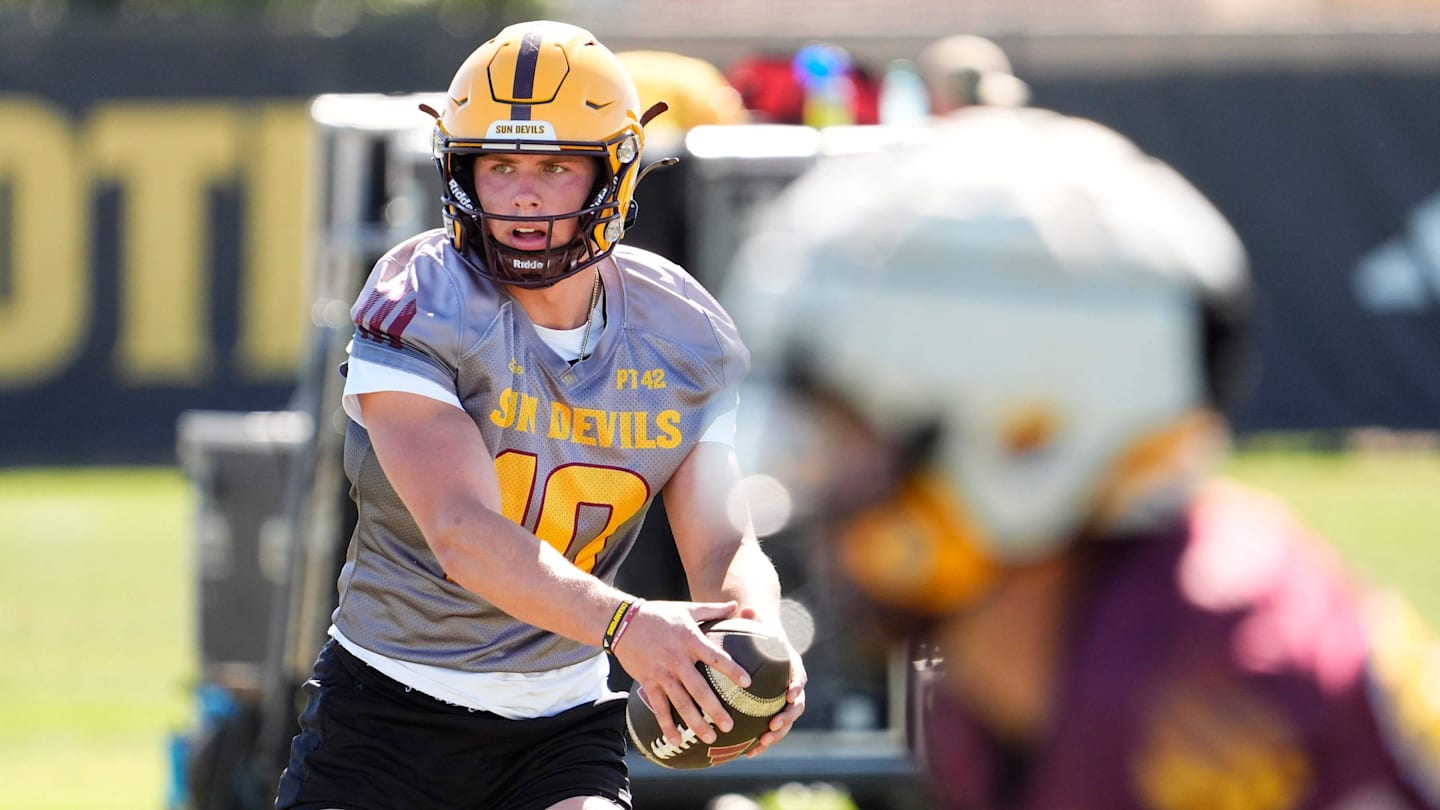
As if star quarterback Sam Leavitt had any trouble winning over the Arizona State Sun Devils fan base before, his latest off-the-field move will have him in everyone’s good favor.
Broadcaster Blake Niemann for Fox 10 Phoenix shared that Leavitt was making a personal donation of $15,000 to the Pat Tillman Foundation. It was a very nice use of his NIL funds, giving back to one of the school’s most storied heroes.
It is no coincidence that this is taking place on Memorial Day weekend, with Leavitt choosing a great way to show his respect.
Tillman played from 1994 to 1997 with the Sun Devils where he was an All-American and Defensive Player of the Year. He was taken in the seventh-round of the 1998 NFL draft by Arizona Cardinals.
Rather than signing a second contract with the Cardinals, he enlisted in the U.S. Army in 2022. He tragically died two years later and has been etched into the football history books since.
The foundation in his honor focuses on helping military veterans and their spouses through scholarships and leadership programs.
Leavitt’s generous donation will go a long way and further ingratiates himself as one of the program’s top players in recent history.
The 20-year-old enjoyed a breakout redshirt freshman year with 2,885 yards with 24 touchdowns to just six interceptions while completing 61.7% of his passes.
He also got it done on the ground when needed with 443 rushing yards and five more touchdowns. After the season, he was named the Big 12 Offensive Freshman of the Year and was on the All-Big 12 second team.
Leavitt had transferred in as a three-star quarterback after spending one year with the Michigan State Spartans.
It likely would have worked out well for him to enter the transfer portal again after 2024, but he decided to stick it out with Kenny Dillingham at Arizona State.
Now he is projected to be a potential draft pick in 2026 if he can build upon what he showed last season.
On3Sports’ NIL Valuation rankings has him as the No. 11 highest-earning college athlete with $3 million. That would make him the eighth-highest in college football.
That level of stardom is unprecedented with the Sun Devils, but just goes to show how much Dillingham has changed the culture in just a couple of years.
After a surprise run through the Big 12 Championship to the College Football Playoff, Arizona State will be expected to be a top team again in 2026.
-

 High School Sports2 weeks ago
High School Sports2 weeks agoWeb exclusive
-

 Sports2 weeks ago
Sports2 weeks agoPrinceton University
-

 Sports2 weeks ago
Sports2 weeks ago2025 NCAA softball bracket: Women’s College World Series scores, schedule
-

 NIL3 weeks ago
NIL3 weeks agoPatty Gasso confirms Sophia Bordi will not finish season with Oklahoma softball
-

 Motorsports3 weeks ago
Motorsports3 weeks agoBowman Gray is the site of NASCAR’S “Advance Auto Parts Night at the Races” this Saturday
-

 NIL3 weeks ago
NIL3 weeks ago2025 Big Ten Softball Tournament Bracket: Updated matchups, scores, schedule
-

 Motorsports3 weeks ago
Motorsports3 weeks agoMOTORSPORTS: Three local track set to open this week | Sports
-

 Motorsports3 weeks ago
Motorsports3 weeks ago$1.5 Billion Legal Powerhouse Announces Multi-Year NASCAR Deal With Kyle Busch
-
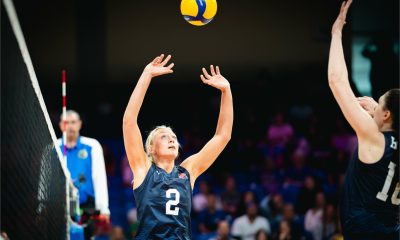
 Sports2 weeks ago
Sports2 weeks agoUSA Volleyball Announces 2025 Women’s VNL Roster
-
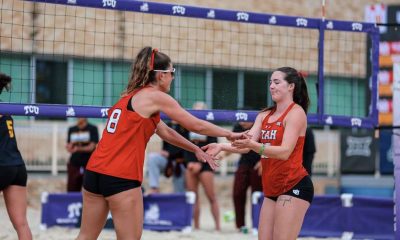
 Sports2 weeks ago
Sports2 weeks agoA fight to save beach volleyball and Utah athletics’ ‘disheartening’ answer




























